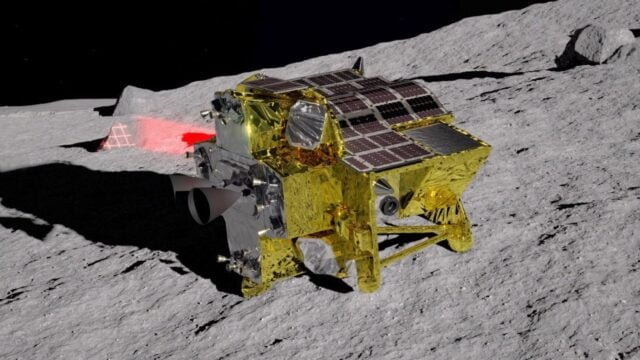
The Japan Aerospace Exploration Agency (JAXA) has once again demonstrated its expertise in space technology with its Smart Lander for Investigating Moon (SLIM), which remarkably survived its third brutal lunar night. This survival is a testament to the resilience of the technology and the meticulous planning by JAXA’s engineers.
Overcoming the Lunar Night Challenge
SLIM’s survival is particularly noteworthy as lunar nights present one of the harshest environments in space exploration. With temperatures dropping below -130 degrees Celsius, most lunar landers are not expected to function after experiencing such extremes. However, SLIM, which initially was not designed to endure the lunar night’s deep freeze, has proven robust, beating all odds and continuing to function.
The Miraculous Survival
After its landing in January, which saw the spacecraft inadvertently touch down upside down near the Shioli crater, SLIM faced numerous technical challenges. Despite these, the lander managed not only to survive but also to reboot after each lunar night, re-establishing communication with Earth and continuing its mission. This unexpected resilience can be attributed to its innovative design features, such as the crushable 3D-printed aluminum lattice legs that absorbed the impact of its non-optimal landing.
Scientific Contributions and Ongoing Missions
Currently, SLIM is equipped with a multiband spectroscopic camera, which it uses to analyze the lunar surface. This instrument is crucial for understanding the moon’s composition and geological history. The data gathered could provide significant insights into lunar science and inform future missions, including those aimed at human lunar exploration.
Technological Innovations and Future Prospects
The success of SLIM’s design and its operational achievements highlight the potential for future advancements in space exploration technology. JAXA’s engineers are using the insights gained from SLIM’s missions to refine designs and strategies for upcoming lunar missions. This includes enhancing lander resilience, improving precision in landings, and extending the operational life of spacecraft in extreme environments.
SLIM’s continuous operation through three lunar nights not only marks a milestone for JAXA but also for international space exploration. As SLIM continues to function and send valuable data, it stands as a beacon of successful innovation against formidable challenges. The lessons learned from SLIM will undoubtedly influence future missions, potentially paving the way for extended human activity on the moon and beyond.
JAXA’s achievement with SLIM highlights a significant stride in our quest to conquer and explore our lunar neighbor, demonstrating that even the most daunting obstacles can be overcome with ingenuity and perseverance.








